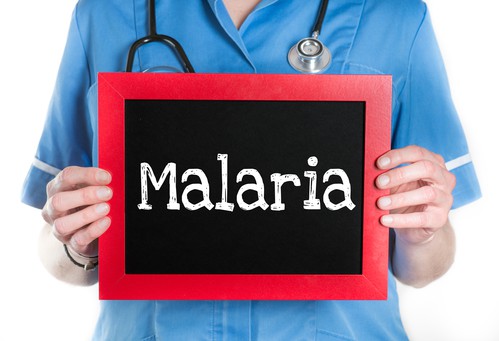
New research shows that the breath of patients infected with malaria has much higher levels of certain compounds in it than people not infected with malaria. What is exciting about this discovery is that these chemicals are present at very early stages of infection, before other methods can even detect that the malaria parasites are present.
The compounds are too low for humans to smell, and up until now they have been detected only by very expensive laboratory equipment. However, the researchers are working on developing cheap ‘biosensors’ that could be used to test breath for malaria.
Malaria is transmitted by mosquitoes, and most people think of it as a disease primarily of tropical or subtropical areas of the world. But as recently as the 1930’s there were six to seven million malaria cases annually in the United States. There are still up to 2,000 cases here a year, but they are almost all in people who traveled to other countries where malaria is common, especially India and Africa. However, because certain species of our local mosquitoes can become infected when they bite an infected person, there is a constant risk of malaria being reintroduced into the United States.






